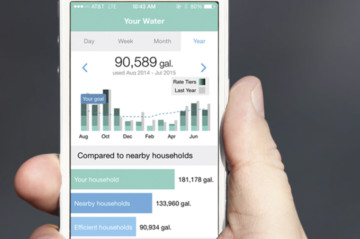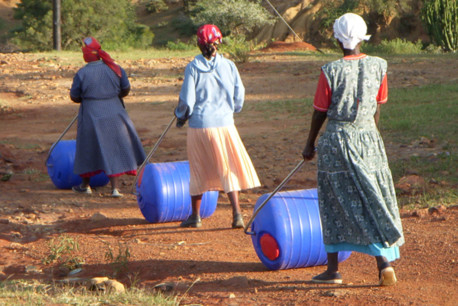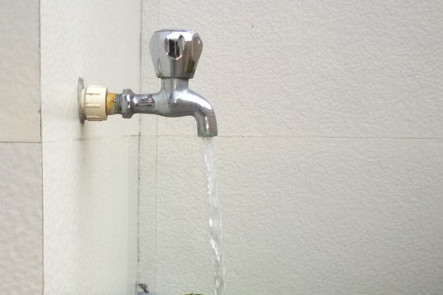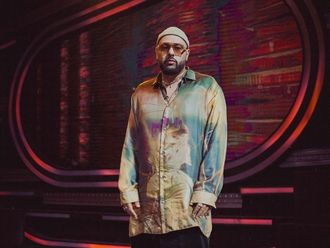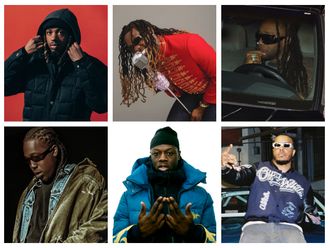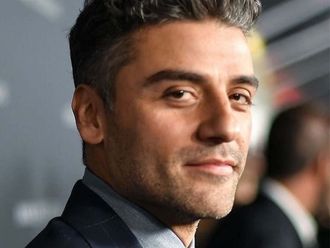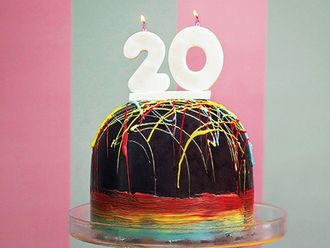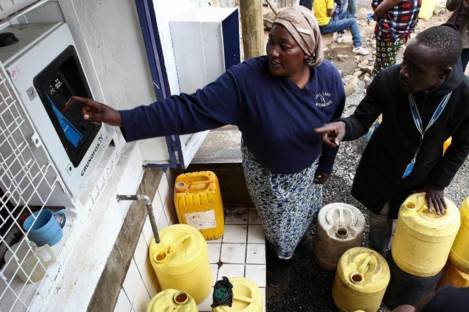
Having clean drinking water is one of the UN’s Millennium Development Goals. While globally more than 700 million people still do not have access to it with much left to be done, water initiatives in some areas are making a difference to millions of lives.
Hippo roller (South Africa)
On hot sunny days in rural South Africa, women young and old would carry pots of water for miles. The routine was repeated a number of times daily. But things changed in 2000 when they brought home the Hippo water roller. Instead of carrying water on their heads, they could now roll it.
South African engineers Pettie Petzer and Johan Jonker, who grew up on farms and witnessed how access to water was a daily struggle for millions of people, invented the device in the mid 1990s. With its steel handle, the product enables its user to transport water in 90-litre containers with the help of an easy system that doesn’t cause physical strain.
Its cap-in-cap design prevents recontamination at the point of use. The single-most effective strategy thus reduces incidents of diarrhoeal disease, which is most common in rural areas. The water roller has the potential to free up time for activities such as food preparation and education among women and children.
It has also reduced the suffering caused by long-term neck and spinal injuries that come as a result of carrying heavy loads.
The Hippo roller is currently in use throughout South Africa and a similar version, the Wello WaterWheel, has made footprints in India and Pakistan.
NextDrop (India)
About 76 million people in India lack access to an improved water source, putting them at risk of waterborne diseases. Exacerbating the problem is the long hours spent every day waiting for water to arrive from the taps. Enter Anu Sridharan, a south California-born UC Berkeley alumna who decided to utilise technology to end a city’s water troubles.
Considering the fact that urban Indians have mobile phones, but most do not have access to drinking water, Sridharan, with the help of local government bodies, developed an Android app. Waattr offers a simple solution. Sridharan established a web of technology-based communications that send text alerts to consumers prior to releasing water supply. NextDrop began operations in 2010 in Hubli-Dharwad, twin cities in the southern state of Karnataka, where residents would get water only every three to five days a week, which meant they often had to wait by their taps for hours.
The 25-year-old has entered Forbes’ 30 under 30 list of social entrepreneurs for her innovative start-up. The app now operates in four cities, including Bengaluru and Mysore, impacting up to 75,000 lives. It is expected to expand to other cities this year.
Waste No Water (USA)
Launched by the city of San Diego, the Apple and Android Waste No Water app allows users to photograph water wasters, such as leaky sprinklers, defective pipes and faulty irrigation systems. They can instantly intimate the Water Conservation Department for action, which upon receiving the report notifies the person responsible for the leak. The app can be downloaded free and allows users to check complaint status and schedule a free water survey for their home or business.
Dropcountr, a similar app (pictured right), educates and warns users on how much water they are using and if they are nearing overuse. You can set benchmarks for conserving water with this web and iOS/Android app that tracks usage in real time. In the US, Dropcountr connects to local utility companies to help users track water consumption, as well as send alerts on rebates and other preventative water-waste actions.
The mission at EveryDrop is to provide applications for both the public and the government agencies to curb water waste and promote water conservation. Downloading the Android/iOS EveryDrop app lets users view the water waste around them and receive alerts to conserve when it’s absolutely necessary.
Water ATMs (Kenya)
In Nairobi, capital of Kenya, large segments of the slum population do not have access to improved water sources and are forced to either travel long distances in search of clean water or buy it from vendors at exorbitant prices. But all this could be a thing of the past if Water ATMs become popular. While around the world people use bank machines to access cash, in Kenya people are drawing clean water from ATM machines.
With a swipe of their smart card, a simple interface allows them to select the amount of water they want and then deducts the points from their card. Like a typical ATM machine, with a steel cabinet, the hose below the screen dispenses the selected amount of clean water at an affordable price.
The machines are operated by local residents, youth and women, who earn 40 per cent of the profits from the water sales as an incentive to ensure the ATMs are kept running and the system not vandalised. Incidentally, the government too is making a profit out of it, as water was previously stolen from it, with people cracking pipelines to siphon off water to sell.
ProCleanse (Ghana)
According to World Health Organisation reports, nearly one billion people lack access to clean drinking water, more than half of the 2.2 million deaths that result from water contamination are children under the age of six, and a child dies every 20 seconds due to waterborne diseases. Much of this can be tackled with water technologies that are earning accolades. One example is ProCleanse.
Manufactured in the US, ProCleanse (pictured above) is a portable filtration system that is providing clean water to several homes in Ghana. The canister-style filtration device ensures there are no chemicals left in the container. It also contains porous ceramic particles that trap and neutralise bacteria and viruses in the water through an ion exchange process. The dirty water is poured into the filtration chamber and gravity moves the water through a strainer that filters out debris and deactivates harmful microorganisms. The unit processes the liquid and can store up to 18 litres. The water is stored in a chamber within the unit with access provided through an attached hose.
Suqia (the UAE)
The UAE’s Suqia (an Arabic word meaning providing water to drink) initiative aims to get the millions suffering globally from water shortage and drought access to clean water. Focusing on research and development and making use of solar energy to desalinate seawater, it will conduct studies on the country’s water supply until 2025.
His Highness Shaikh Mohammad Bin Rashid Al Maktoum, Vice-President and Prime Minister of the UAE and Ruler of Dubai, launched the Water Aid campaign in 2014 with the aim to help the less fortunate, for whom getting access to safe and potable water is a daily struggle. “Our ancestors have been deprived of water, thus they knew its value,” Shaikh Mohammad said at the launch. Through a text message campaign and generous donations by individuals and organisations, the money raised contributed to the drilling of wells in India, Pakistan, Afghanistan, northern Iraq and several African countries including Uganda and Ghana.


